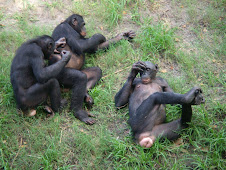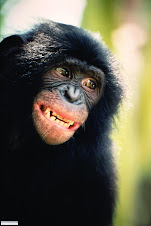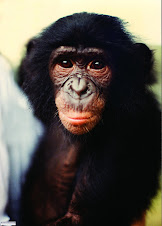
 The Range of the Jaguar exhibit at the Jacksonville Zoo and Gardens links the living cats to in situ conservation. In situ is a term meaning "within the natural habitat of a species," in contrast to ex situ, meaning "outside of the natural habitat of a species." In other words, in situ is the wild range and ex situ is captivity. The zoo's jaguars are ambassadors for jaguars in Guyana, South America, one of the range countries where the zoo has been helping with wildlife conservation.
The Range of the Jaguar exhibit at the Jacksonville Zoo and Gardens links the living cats to in situ conservation. In situ is a term meaning "within the natural habitat of a species," in contrast to ex situ, meaning "outside of the natural habitat of a species." In other words, in situ is the wild range and ex situ is captivity. The zoo's jaguars are ambassadors for jaguars in Guyana, South America, one of the range countries where the zoo has been helping with wildlife conservation.The award winning exhibit currently has seven animals, the largest group of animals in any AZA (American Association of Zoos and Aquariums) facility. Jaguars are typically solitary, so they cannot all be on display at the same time. One, or two compatible animals are rotated into two different, side by side exhibits, while the other animals lounge in spacious off-exhibit housing.
The graphics introduce the visitor to the importance of jaguar symbolism to local peoples. To reflect the respect given the animal, jaguar comes from Yaouar an Amerindian term that means "a beast that kills its prey with a single bound."
In historical times, jaguars were worshiped by the Maya and the Olmecs, but today, there are serious conflicts between man and the predatory cat. Due to the displacement of wildlife with livestock ranching, there is less prey available for jaguar. The big cats also will hunt cattle and sheep, and in turn, they are destroyed as pests. There are also cats killed on roads. Finally, protected areas are often too small to provide sustainable populations because the animals have such large home ranges.
Photos by: D. Messinger













No comments:
Post a Comment